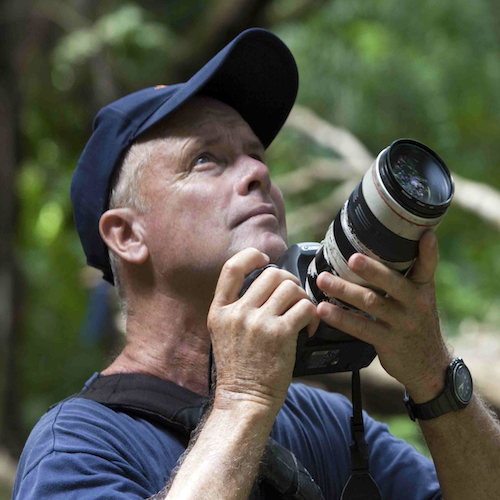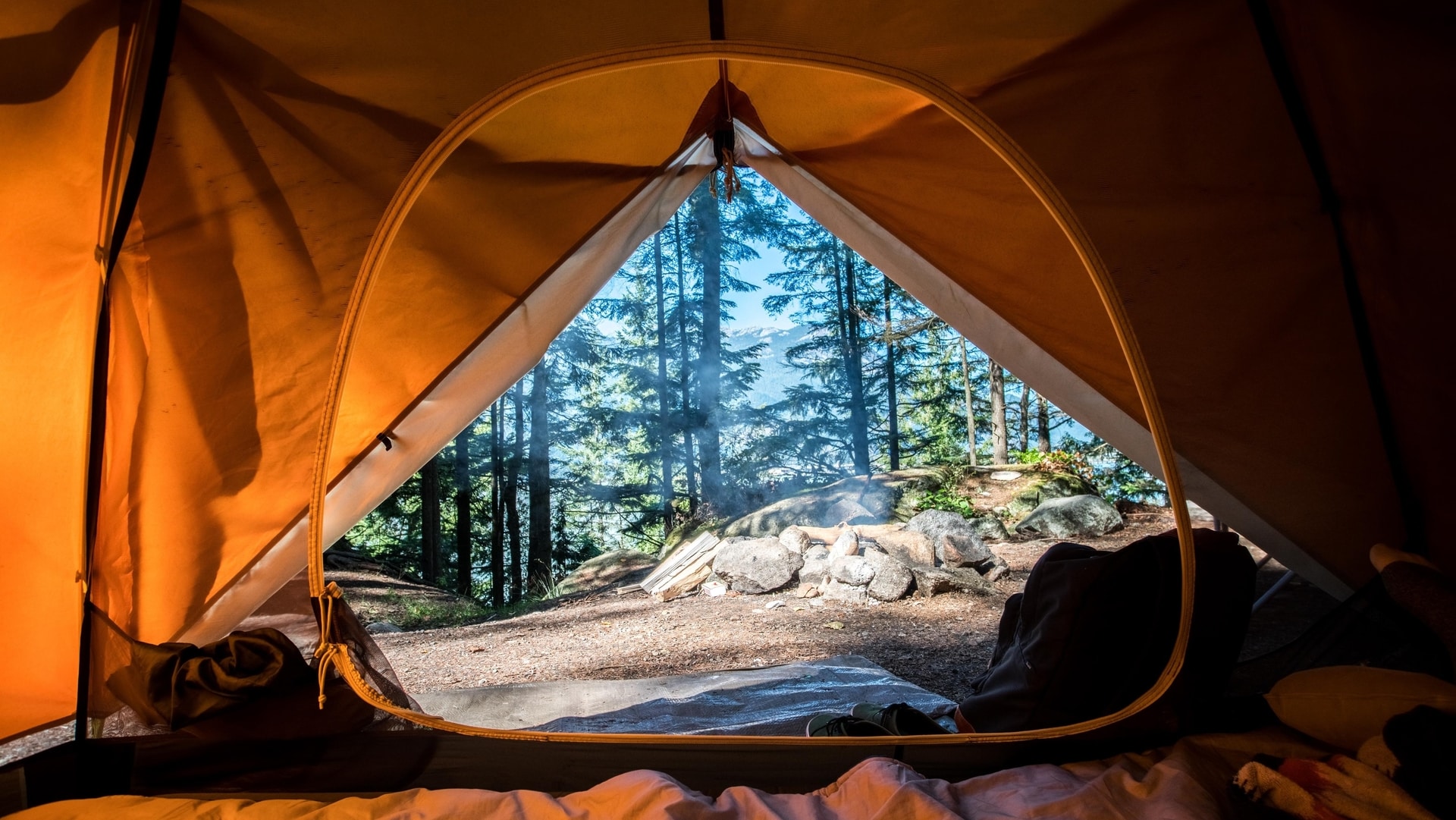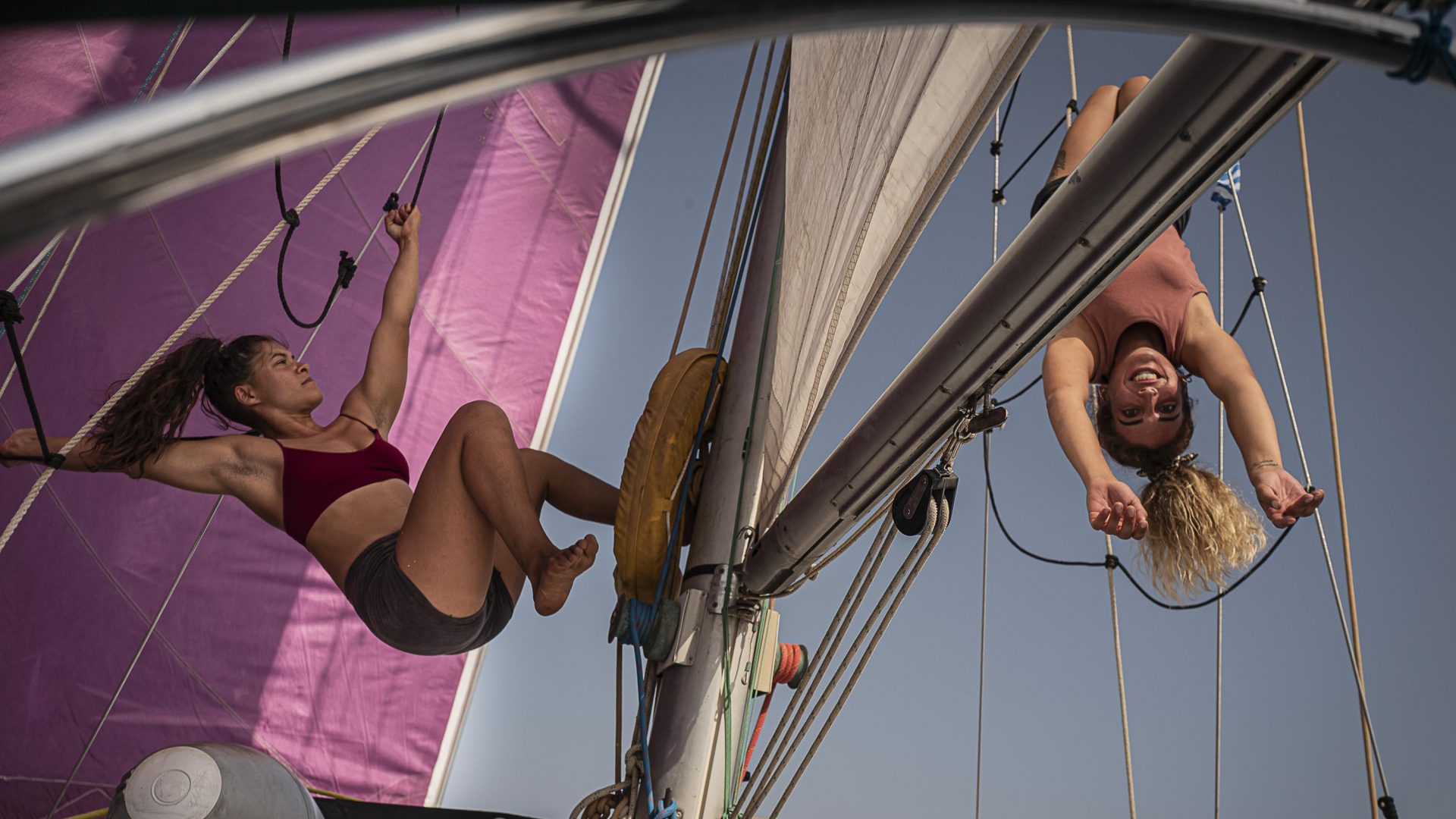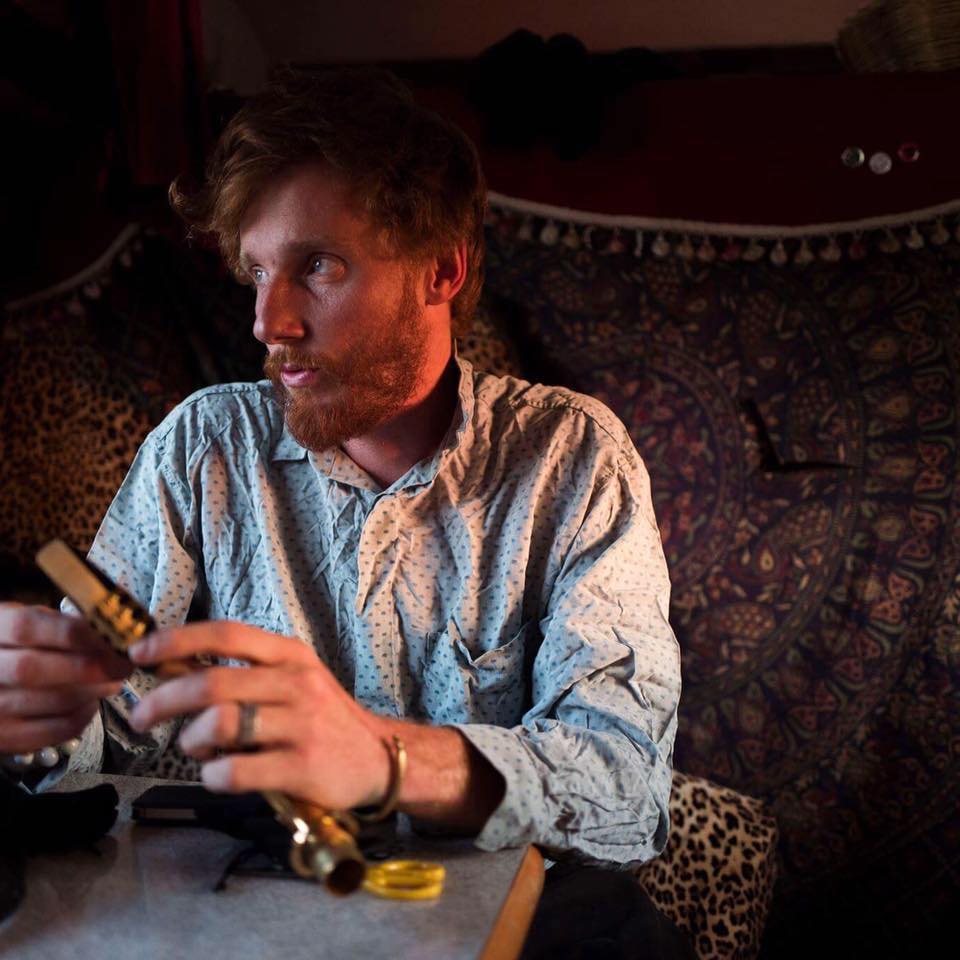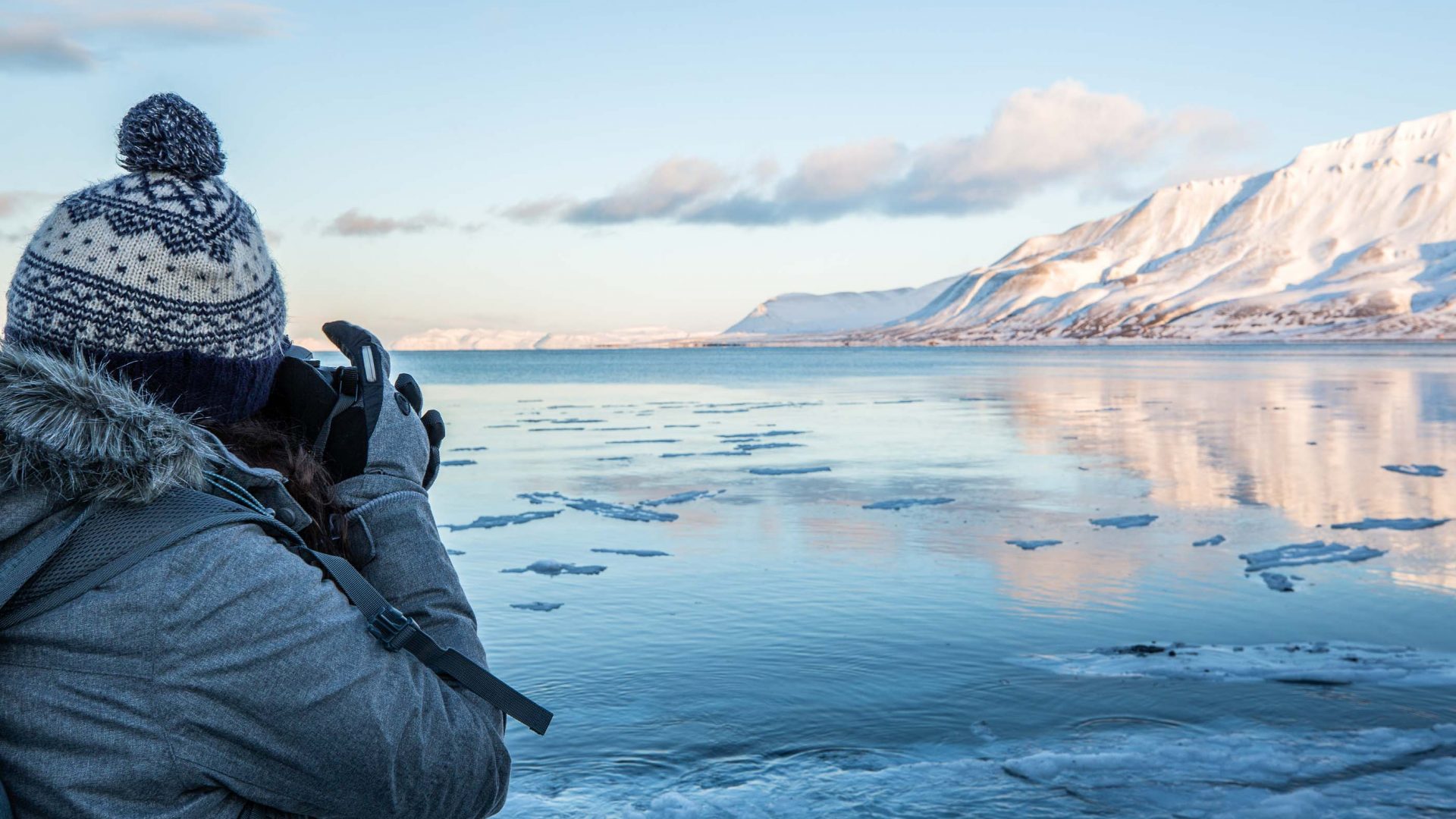
After four years of closure and extensive environmental rehab, Thailand’s iconic Maya Bay is finally open to travelers again. But is that a good thing?
Thailand’s Maya Bay is a great case study for overtourism. Once known only to local fishermen, the little island in Mu Ko Phi Phi National Park became a popular destination in the 1990s, thanks to its ridiculously cinematic crescent-shaped bay, cartoonish turquoise water and sugar-white sand.
Maya Bay was so beautiful, Hollywood chose it as the location for Leonardo DiCaprio’s 2000 mega-hit, The Beach. Of course—just as in the movie—once news of an earthly paradise got out, things started to spiral out of control.
At its peak in 2018, approximately 6,000 travelers were swarming over Maya Bay every single day, riding long-tail boats and bigger snorkel cruisers. Considering the beach itself is only 15 meters wide and 250 meters long, this was obviously not great.
Visitors left rubbish, the water became cloudy and polluted, sand began washing away, and boat anchors wiped out roughly 50 per cent of Maya Bay’s delicate corals.
In 2018, realising things had gotten out of hand, park authorities closed Maya Bay. The plan was four months of hardcore rehabilitation—but experts quickly realized the damage was so severe, it would take years to properly recover.
And now, four years later, Maya Bay has officially re-opened for visitors, two months after Thailand started welcoming back vaccinated travelers. It’s a nice reminder that nature will just do its thing… if only we leave it alone.
“Maya Bay has been continuously receiving interest from tourists around the world. But this has also caused (the natural area) to deteriorate, especially the corals,” said Natural Resources and Environment Minister, Varawut Silpa-Archa on CNN. “After shutting down Maya Bay to revive and restore it, up until the present, it has returned to a good condition.”
So what’s changed? Well, you can no longer drop anchor in Maya Bay itself. That’s the big one. Travelers will now reach the beach via a floating dock and dedicated boardwalk, set behind the karst cliffs. Visitor numbers are also capped—authorities will allow 300 people per ‘shift’, and run seven or eight ‘shifts’ per day (each one lasting about an hour). At the moment, travelers also cannot swim in Maya Bay.
Park authorities have been busy rehabilitating the site, too. Rubbish has been removed, new trees and corals have been planted, and animals have started returning to the bay. A new underwater camera recently picked up 100 native black-tipped sharks (in 2018, scientists believed there were only six left in the area). You can check out the progress in this video from 2020. That’s what a pristine, traveler-free Ko Phi Phi looks like. Not bad, eh?
Which raises the big question: Should we really be going back to Maya Bay? Can you have paradise and crowds at the same time? The beach obviously injects a massive amount of revenue into Ko Phi Phi’s tourism economy (about USD$60,000 per day, according to some estimates). In fact, as one of Thailand’s most famous attractions, you could make the argument that this one small strip of sand generates a not-insignificant chunk of the country’s entire GDP.
On the other hand, Maya Bay has clearly shown that it functions best without people, without rubbish, without boats, and without tourism. The trick will be balancing the economic good while minimizing the environmental damage.
The new restrictions seem like a good start, and who knows? Maybe Maya Bay will eventually become a shining example of sustainable travel. Watch this (beautiful) space.




